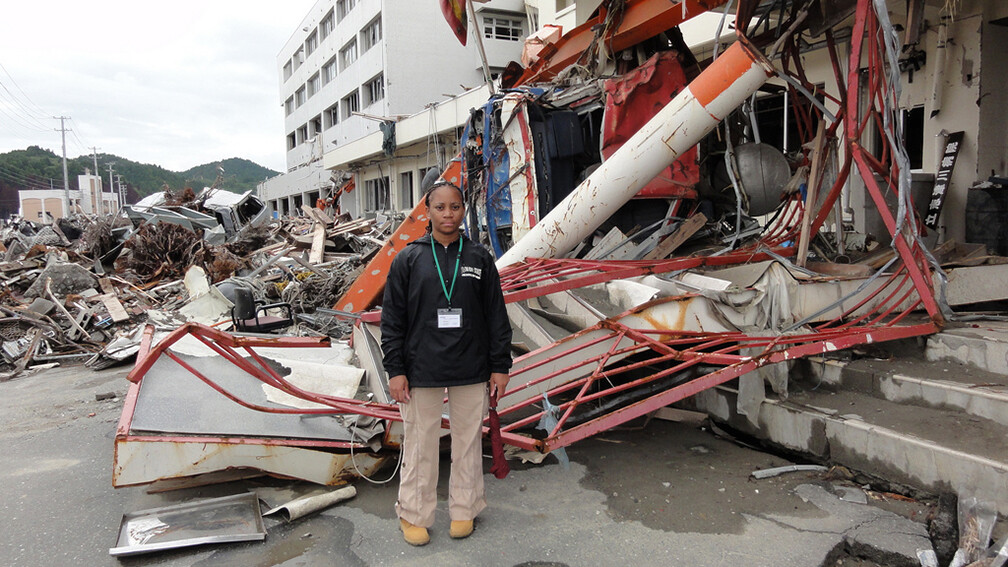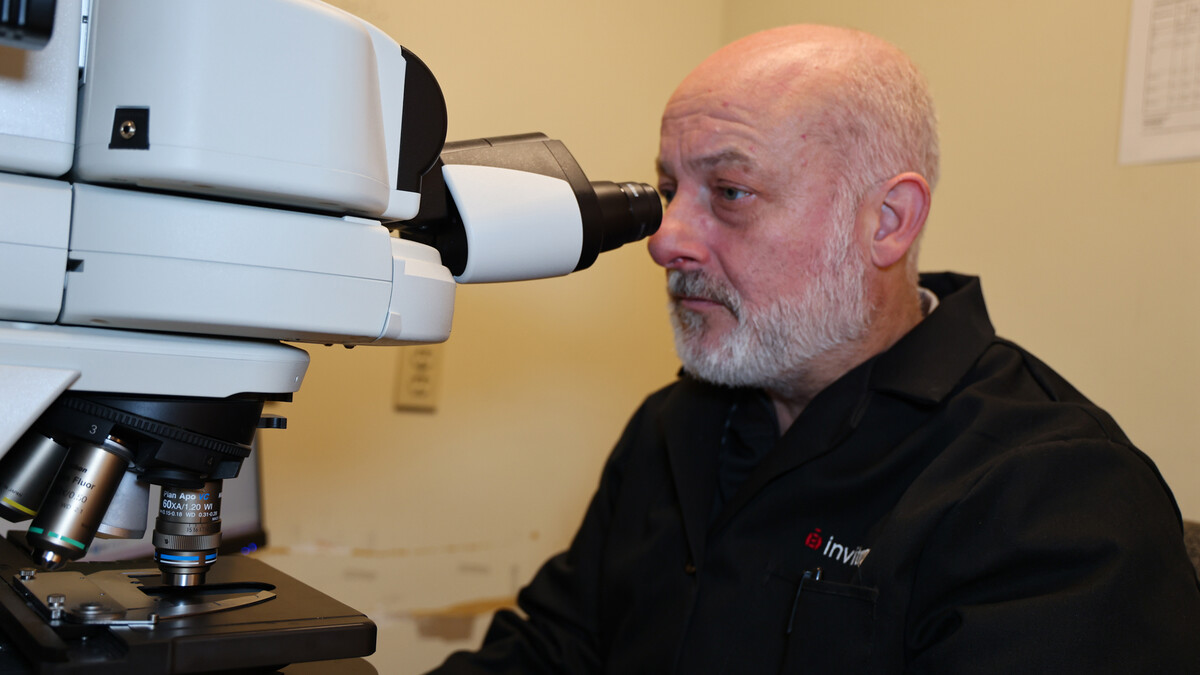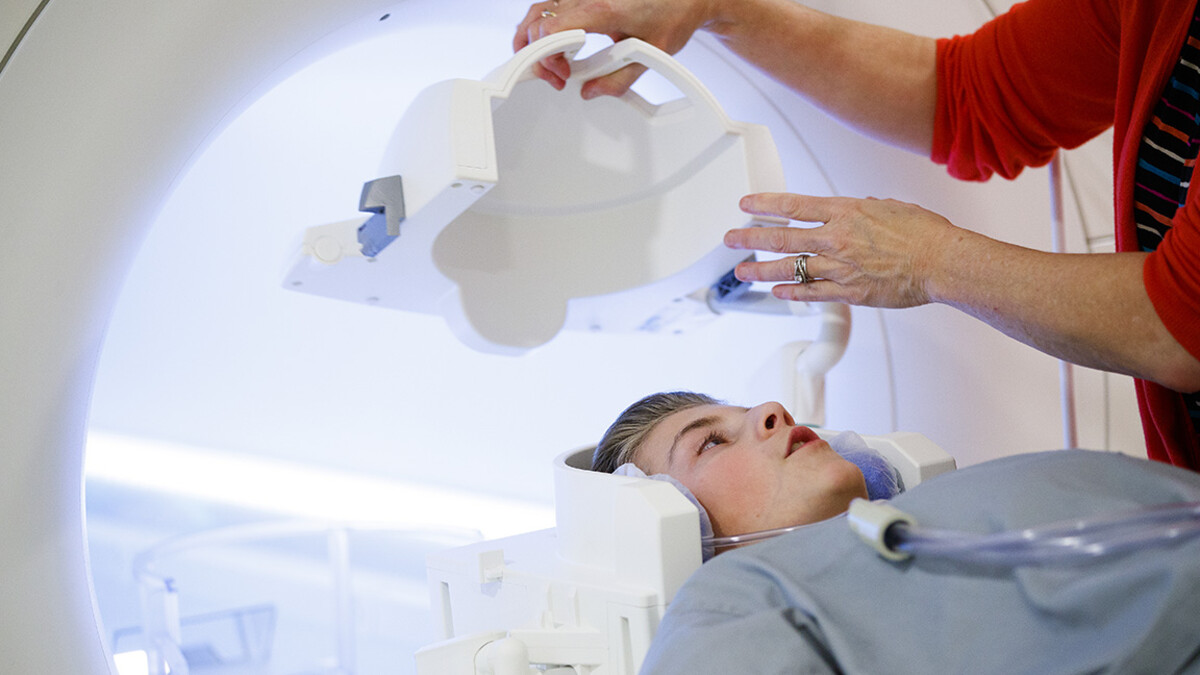
As Hurricane Irma moves toward likely landfall in south Florida, officials are bracing for the potential of unique structural damage in downtown Miami where two dozen large construction cranes are currently helping to build high-rise buildings.
Terri Norton, associate professor of construction engineering at the University of Nebraska-Lincoln, whose research includes disaster debris management and structural dynamics and control, said the dangers posed by these construction sites is unique.
“It’s not something you see in a natural disaster,” Norton said. “Not only do you have to deal with the storm surge, but also the wind and the vulnerability of the structures because of the construction cranes.”

Most of the cranes are positioned atop or alongside buildings. Their long arms are designed to spin freely and can withstand hurricane-force winds of up to 145 miles per hour.
From reports on Sept. 8, Irma had been downgraded to a Category 4 hurricane moving westward along the north coast of Cuba. Measured wind speeds were slightly more than 150 miles per hour.
Forecast models used by the National Oceanographic and Atmospheric Administration projected that Irma would begin a northward track on the night of Sept. 9 with a landfall in south Florida by mid-morning Sept. 10. The models predict Irma’s wind speeds to range from 130 to 155 miles per hour.
For Norton, whose research has included studying the debris zones following the earthquake and tsunami that hit Japan in 2011, the biggest danger the cranes pose would be them acting as 30,000-pound counterbalances falling and damaging adjacent buildings.
“For the winds to be higher than the rated wind speed for the cranes, in addition to them being elevated, if they were to fall they would not only cause direct damage to the buildings that they’re on, but significant damage to other structures and whatever they will land on,” Norton said.
Removal of the giant cranes before natural disasters strike would seem a logical solution. However, construction experts have said it can take up to two weeks to safely disassemble and remove a crane.
Norton also said there is another potential concern — structural failure caused by the combination of Category 4 wind speeds with the load of a heavy crane atop a building.
“Because it has a super-mass on the top, that also affects how the building itself will behave as a structural system,” Norton said. “When we think of vibrations and you have a larger load on the top, that becomes detrimental in terms of how the building itself performs.”
Norton has been keeping a watchful eye on the recent spate of natural disasters that have struck the Caribbean and North America — not only Irma, but Hurricane Harvey hitting the east coast of Texas two weeks ago, the 8.1 earthquake in Mexico on Sept. 8 and Hurricane Jose strengthening to a Category 4 and hitting islands that Irma previously struck.
“I’ve been following them, but I am especially interested in Irma because I have some cousins and friends who live in Miami and my parents live in Tampa,” Norton said. “My parents are just outside the evacuation zone and they say they’re going to stay. They have everything they need from fuel to water.
“When this is all done, I may be down there doing work and checking in on my family and friends.”
Learn more about the forecasts regarding approaching hurricanes.







